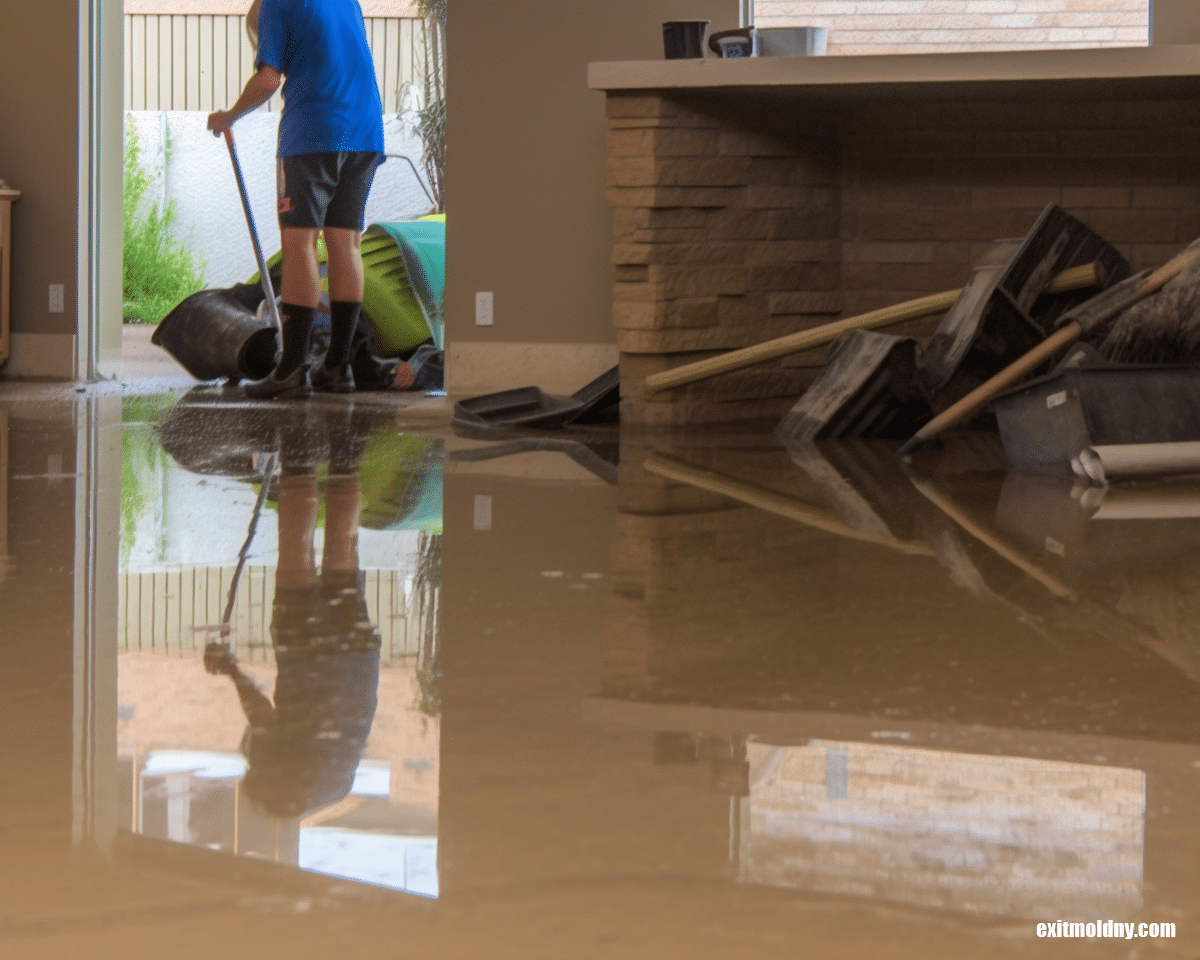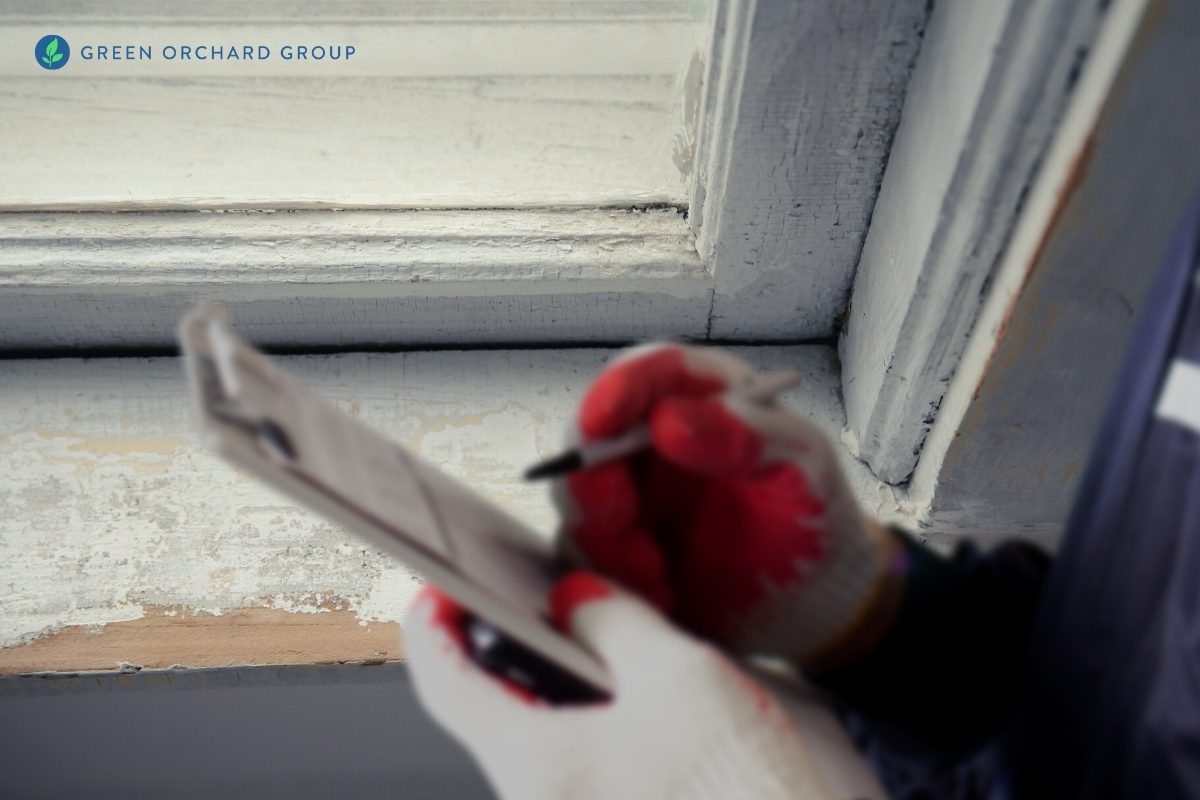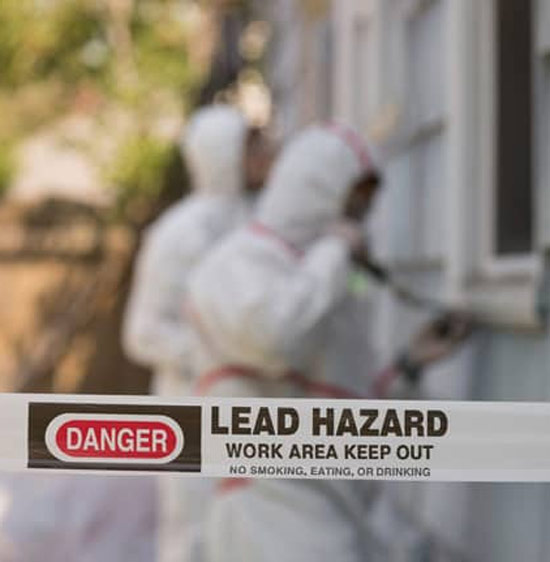NYC Lead Removal Contractors-- Get Safe and Reliable Services
NYC Lead Removal Contractors-- Get Safe and Reliable Services
Blog Article
Essential Tools and Methods for Efficient Lead Violation Cleaning
Resolving lead infractions effectively requires an extensive technique that mixes the right tools with critical methods. The very first step involves gearing up workers with Personal Safety Devices (PPE) to safeguard their health and wellness. Simultaneously, making use of specialized cleanup devices, such as HEPA vacuum cleaners and lead-specific cleaner, is important for complete impurity elimination. Efficient control techniques, including plastic sheeting and adverse air stress systems, are necessary to avoid the spread of dangerous products. Moreover, risk-free disposal practices and strict adherence to regulative guidelines make sure liable handling of hazardous waste. What are the nuanced approaches that absolutely make a difference?
Personal Safety Tools
Personal protective devices (PPE) is a critical component in the efficient administration of lead contamination cleaning. PPE offers as a vital barrier, protecting employees from the harmful results of lead direct exposure, which can result in severe health consequences. The necessary PPE for lead cleaning consists of respirators, safety apparel, handwear covers, and eye defense. Each kind of tools is specifically designed to mitigate different risks related to lead particles and dust.
Respirators, specifically those geared up with HEPA filters, are essential for filtering system airborne lead particles, protecting against inhalation. Safety garments, including coveralls and non reusable suits, protects against lead dust from sticking to workers' garments, lowering the danger of secondary contamination.
Additionally, rigorous training on the proper usage and upkeep of PPE is important. Employees should be enlightened on putting on and doffing treatments to avoid contamination. Normal evaluations and substitutes of PPE components are needed to maintain their protective abilities, guaranteeing a secure and compliant clean-up procedure.
Specialized Cleanup Equipment

An additional important device is the wet/dry vacuum cleaner, which can effectively cleanse up both dirt and fluid contaminants. These vacuum cleaners often come with HEPA filters to supply an added layer of safety. Wet cleans or tack towels are also important for surface area cleansing; they are specifically made to catch and hold lead bits, reducing the risk of spreading contamination.
For even more stubborn deposits, specialized lead-removal cleaner are required. These agents are developed to break down lead bits, making them less complicated to remove. Scrub brushes with durable bristles can help in this process, particularly on harsh surface areas where lead dirt often tends to stick more strongly.
Additionally, encapsulants are used to seal lead-contaminated surfaces, avoiding the release of lead dust. These specialized paints and finishings are created to follow different substratums, supplying a long-lasting option for lead control.
Efficient Containment Methods
Effective containment techniques are important in alleviating the spread of lead contamination during clean-up activities. Implementing durable control approaches makes sure that lead bits do not migrate to unaffected locations, therefore securing both workers and the environment. One primary approach is the usage of plastic bed linen to seal off infected areas. Durable polyethylene barriers can be mounted from floor to ceiling to create a regulated workspace, significantly reducing the threat of airborne lead dust dispersal.

To improve control, encapsulants can be put on surface areas that are not being eliminated or disturbed. These specialized layers bind lead dust, minimizing see this website its accessibility for resuspension. In addition, all workers should put on proper Personal Protective Devices (PPE), including respirators and non reusable suits, to stop contamination spread.
Safe Disposal Practices
Making sure secure disposal practices is a crucial component in the monitoring of lead contamination clean-up. Correct disposal reduces the threat of lead re-entering the atmosphere and endangering public wellness (DOH & HPD Lead Violation Removal NYC).
Transporting lead waste needs adherence to stringent guidelines. Making use of qualified unsafe waste carriers makes certain that the materials are dealt with properly. Documents, consisting of materializes describing the kind and amount of waste, need to accompany shipments to track the waste from the website of beginning to its last disposal location.
Designated unsafe waste disposal centers are outfitted to handle lead-contaminated products securely. These centers usually use innovative approaches such as stablizing, solidification, or chemical therapy to reduce the effects of the lead prior to disposal. Landfilling in specialized, lined areas that avoid leachate from polluting groundwater is a typical technique for last disposal.
Normal training for employees associated with lead garbage disposal is critical to keep safety and security criteria and protect against accidental direct exposure. By sticking to these methods, organizations can significantly lower the environmental and health and wellness impacts connected with lead contamination.
Regulatory Conformity Tips

Complying with regulative compliance is paramount in the effective execution of lead contamination cleanup. Recognizing and complying with federal, state, and local regulations ensures not just the safety and wellness of individuals yet likewise the lawful and monetary well-being of the clean-up organization. The Epa (EPA) establishes stringent criteria, such as the Lead Remodelling, Repair Service, and Paint (RRP) Guideline, which mandates proper accreditation and training for professionals taking care of lead-based activities.
Conformity begins with a detailed assessment of suitable regulations and regulations. Organizations should stay updated on any kind of legislative changes, which can be assisted in via normal training sessions and registering for industry updates. Documentation is one more critical compliance aspect; preserving in-depth documents of all tasks, consisting of examination reports, worker training logs, and disposal shows up, is crucial.
Moreover, engaging with certified lead inspectors or risk assessors ensures that lead hazards are properly determined and reduced. Employers should impose making use of Personal Safety Devices (PPE) and make sure that security procedures are strictly followed. Transparent interaction with stakeholders, consisting of employees, clients, and regulatory bodies, will cultivate a culture of find more info compliance and liability, linked here eventually contributing to a more secure and a lot more effective lead cleanup process.
Conclusion
Efficient lead infraction clean-up necessitates the assimilation of specialized tools and strategic techniques to make sure safety and effectiveness. Making use of HEPA vacuums, specialized cleaning representatives, and effective control methods such as plastic bed linen and negative atmospheric pressure systems is critical. Individual protective devices (PPE) safeguards employees from exposure, while secure disposal methods and rigorous adherence to regulatory conformity are crucial for properly taking care of contaminated materials. Jointly, these measures dramatically mitigate health and wellness dangers and contribute to a cleaner atmosphere.
Report this page